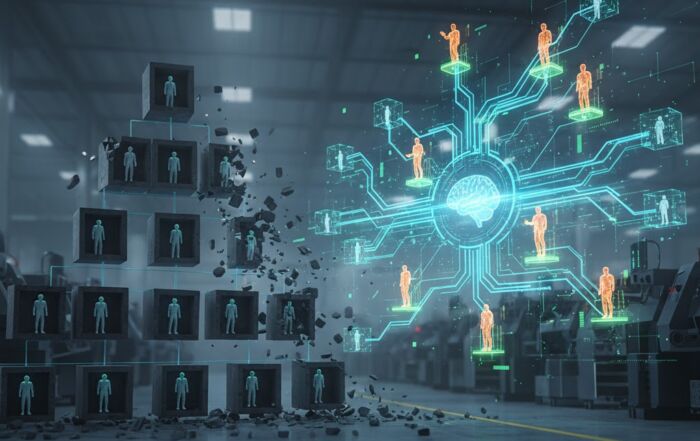Share
Author
George Anderson
Share
Here at Corevist, we frequently hear from manufacturers who need to replace a DIY customer portal. One IT executive recently described the journey this way:
“We developed an in-house customer care portal that allowed customers to check orders and invoices out of SAP SD. It was good, but it never got widespread acceptance internally, so we couldn’t keep the user experience up-to-date.”
Unfortunately, we’ve heard this story time and again. DIY customer portals may serve manufacturers for a while, but they rarely work out over the long haul. And while DIY may be right in some use cases, every manufacturer should think carefully before going down this road.
Here are four caveats that we’ve gathered after hearing many variations of this story.
1. Don’t reinvent the wheel if you don’t have to.
Building a homebrew portal is no walk in the park, especially if you need deep SAP integration to show orders and invoices. Things get even more complicated if you want to empower customers to place orders online, posting directly to SAP with no errors.
Don’t get us wrong—the SAP experts on your team might love the challenge. (Or not.)
The question is whether that’s a good use of resources, particularly when prebuilt solutions exist (like Corevist).
Twenty years ago, DIY made sense. But our technology has become so sophisticated that you can launch a customer portal on Corevist, integrated to SAP, in 30 days.
2. Think about sustainability.
Let’s refer back to that IT executive’s reflection for a moment.
“[Our homebrew portal] never got widespread acceptance internally, so we couldn’t keep the user experience up-to-date.”
We’ve seen this time and again. While the initial launch was a success, the organization wasn’t equipped to maintain the portal over the long haul. That’s no small burden, as digital experiences are always getting easier and more intuitive. As users get accustomed to innovations elsewhere, they start to get frustrated with experiences that aren’t keeping pace.
If you go DIY, you’ll need a dedicated program keeping the portal up-to-date.
But sustainability isn’t only about UX. Homebrew portals often create an even bigger problem.
3. Weigh the risk of technical debt.
Your customer portal will always sit amidst a complex network of technologies. In a homebrew scenario, SAP ERP and your middleware integration will evolve over time. This fact forces you to maintain compatibility between multiple systems.
But it’s not just adjacent systems that evolve. For the portal alone, you’ll need to upgrade every component in the technology stack as time goes on.
In other words, a DIY portal can force you to become a development shop.
If you have the IT resources to do this, and the market doesn’t offer the technology you need, then perhaps it makes sense. However, most IT organizations already have enough on their plates—particularly with S/4HANA upgrades looming.
(By the way, Corevist follows you from ECC to S/4HANA with minimal heavy lifting.)
From this perspective, a DIY solution makes sense only if you need highly-specialized functionality. For manufacturers who need tracking for orders and invoices, plus online ordering that conforms to SAP business rules, Corevist has already built the robust, configurable technology to support your needs.
4. Focus your energy on aligning the organization, not building the technology.
We’ve seen this too many times. IT designs, builds, and launches a great homebrew solution, but the business, customers, and customer service didn’t get a significant voice in the project. They couldn’t advocate for their interests—or, worse, they didn’t know that they had interests in the project.
In these scenarios, the DIY customer portal never gets deeply integrated into the consciousness of the organization (or its customers). Without a business-side executive sponsoring the project and aligning all relevant departments, the portal won’t get the support it needs.
Ultimately, that means customers won’t adopt it.
If customers don’t adopt it, the business won’t see increased revenue—and operations won’t see cost savings in customer service.
That’s the kiss of death. Without a deep impact on customers and the organization, a DIY customer portal won’t get the internal visibility it needs for success.
Because the technology already exists, manufacturers get the most value when they use their internal resources to align the organization around the portal—not to build the technology. And with a trusted advisor handling that technology and advising on future growth, manufacturers are in a great place to thrive with a customer portal.
Want to see deep SAP integration in your B2B portal?
Check out the Corevist Commerce demo video.
B2B portal platform with real-time SAP data and a sleek, mobile-friendly UI.










